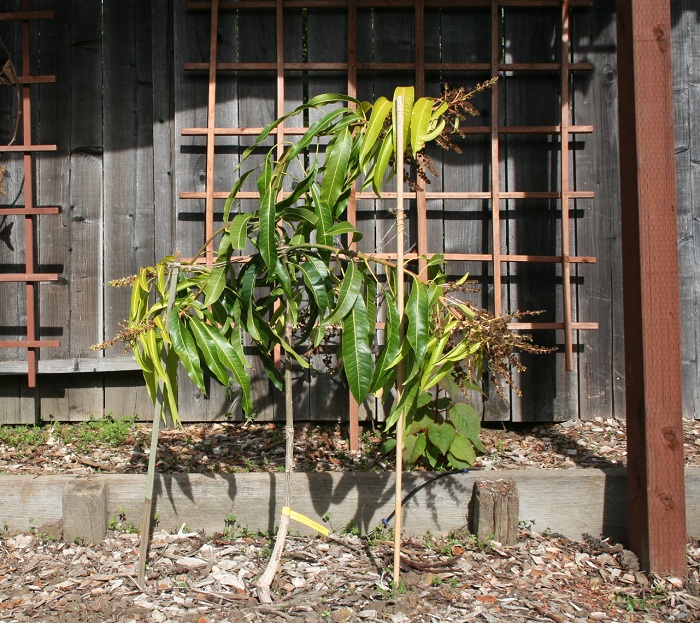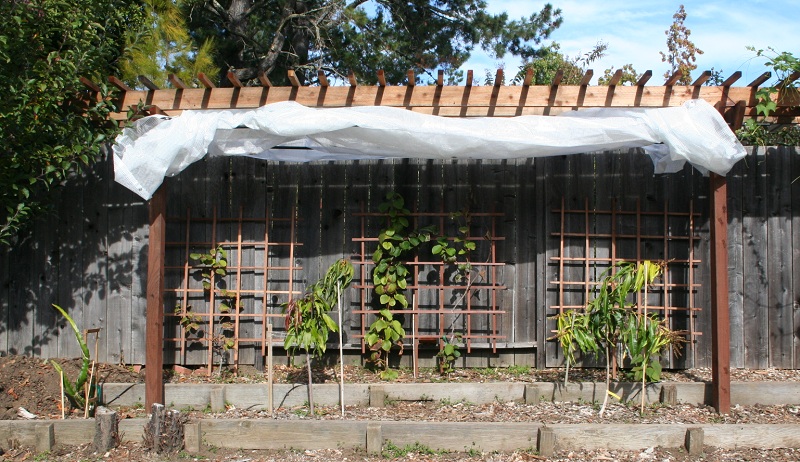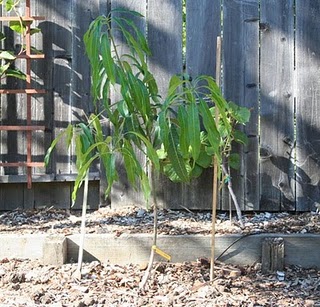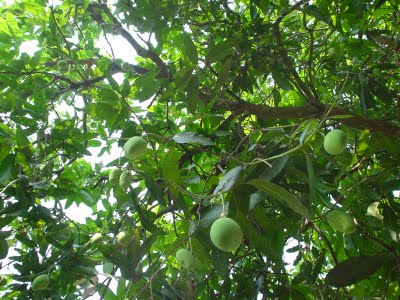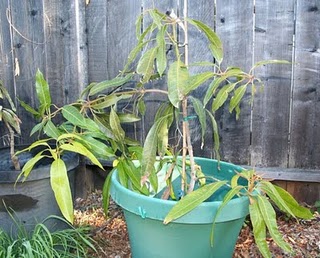General Mango Information
Scientific name: Mangifera indica L.
Family: Anacardiaceae
Order: Sapindales
Common names: Mango, Mangot, Manga, MangouEnglish: MangoDutch: MangoGerman: Mangobaum, MangofruchtFrench: Mangue, Fruit du ManguierItalian: MangoSpanish: Mango
Origin: Southern Asia, Burma, eastern India
Distribution: All tropical regions of the world.
Evergreen or deciduous: Evergreen
Flowers: Yellowish or creamy color
Leaves: Dark green above and pale below. Flushes of young leaves are usually reddish or yellowish.
Climate and weather: Lowland tropical and subtropical areas. Requires a frost-free climate. Must have warm dry weather to set fruit.
Pollination: Pollination by flies, hoverflies, bees. High humidity and rain will result in poor pollination. Mango trees are monoecious and self-fertile.
Height: 10-15 meter (but sometimes higher)
Crown size: 4-7 meter (or even bigger)
Blooming period: December-January (Thailand), January-March in California
Type of soil: Any well-drained soil.
Preferred pH: 5.5 – 7.5
Moisture: Moderate. Avoid wet soils.
Light: Full-day sunlight
Growth rate: Moderate
Spacing (close range) 4 meter
Spacing (wide range) 8 meter
Canopy: Often broad and rounded. Good as a shade tree.
Propagation: Grafting of selected cultivars on seedling rootstocks
Insect pests: Scales, mealybugs, mites, psyllids, fruit flies.
Diseases: Powdery mildew on flowers, bacterial spot on leaves and fruits, anthracnose
Fruit development: From flowering to maturity takes 100-150 days.
Harvesting: Pick mangos when fully ripe off the tree.
Uses: Eat as a dessert fruit. Also used to produce juice, jam or jelly. Unripe fruits can be used to prepare pickles or chutney
